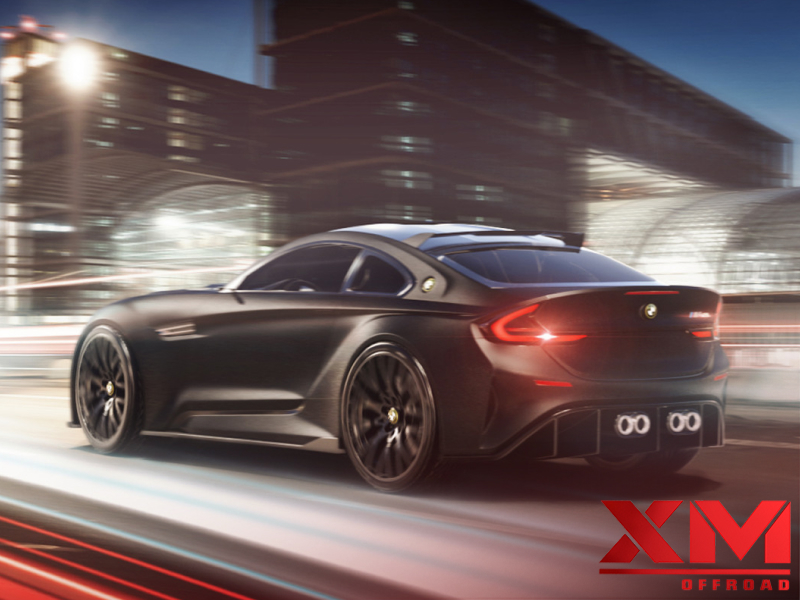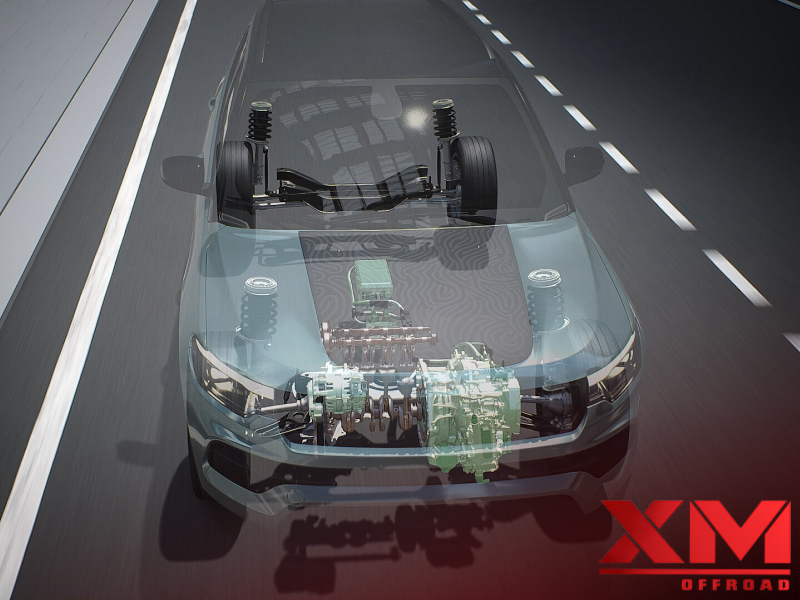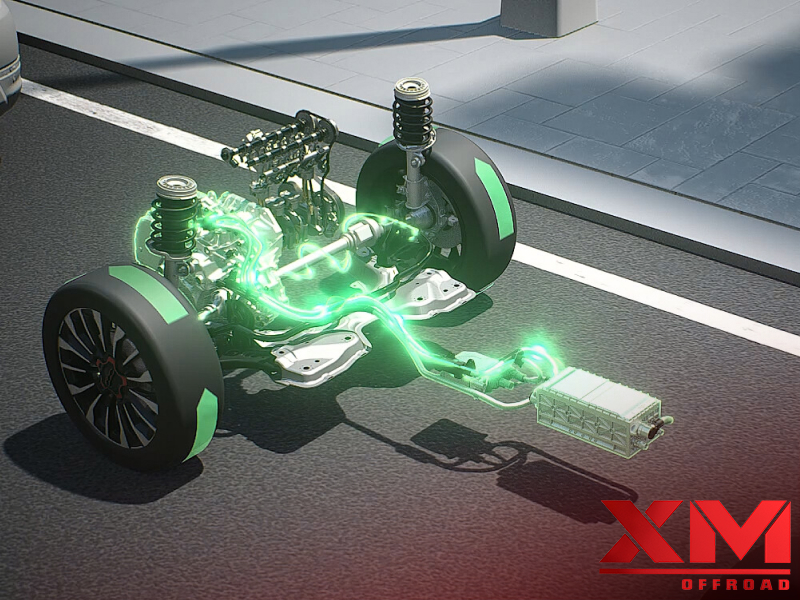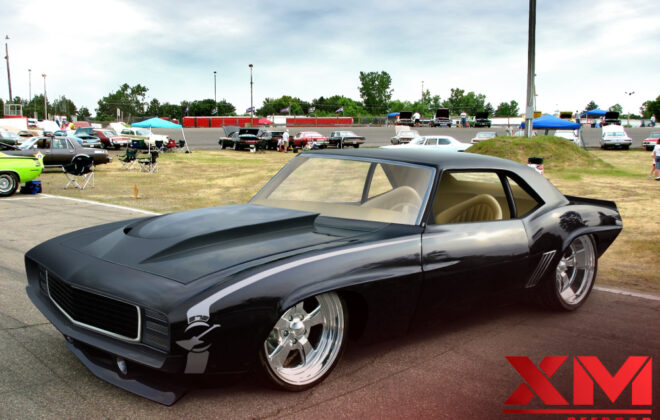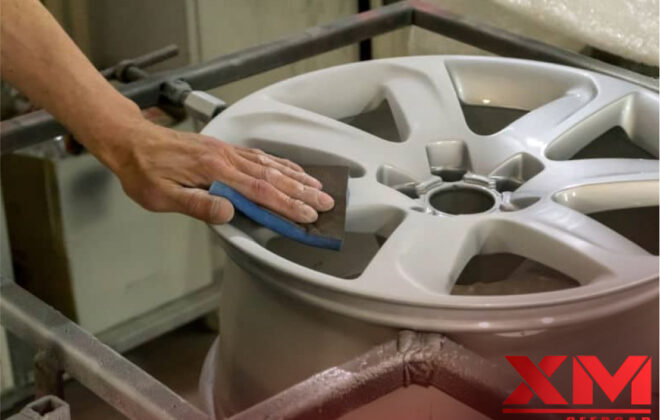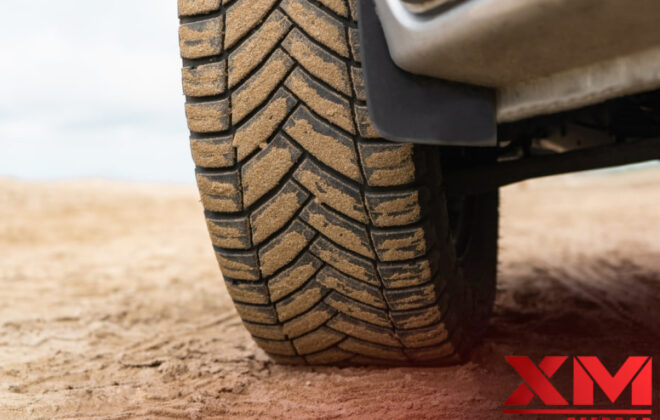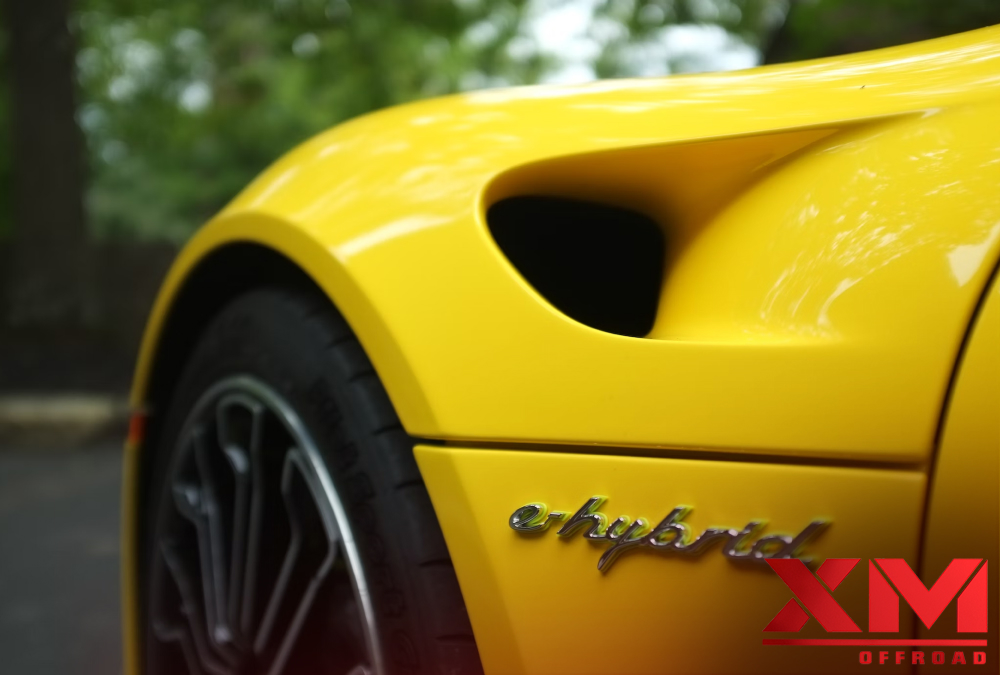
What are Hybrid Cars and How do they Work?
In recent years, the demand for eco-friendly and fuel-efficient vehicles has witnessed a remarkable surge. Among the innovative solutions that have emerged to address this need, hybrid cars have gained considerable popularity.
Combining the benefits of both traditional internal combustion engines and electric motors, hybrid cars offer a compelling solution to reduce emissions while providing efficient mobility. In this article, we will delve into the concept of hybrid cars, unravel their working mechanism, and understand how they contribute to a sustainable future.
Understanding Hybrid Cars:
Hybrid cars, as the name suggests, are automobiles that utilize a combination of two power sources – an internal combustion engine (ICE) and an electric motor. By blending the advantages of both technologies, hybrid cars aim to maximize fuel efficiency and minimize harmful emissions. These vehicles are designed to seamlessly switch between the two power sources, depending on driving conditions and requirements.
The Working Mechanism of Hybrid Cars:
To grasp the inner workings of hybrid cars, let us examine the two main types of hybrid systems commonly used:
Parallel Hybrid System:
In a parallel hybrid configuration, both the internal combustion engine and the electric motor are mechanically linked to the vehicle’s transmission.
This arrangement allows the power sources to work simultaneously, providing optimal power output when needed. During acceleration or high-demand scenarios, both the engine and the motor contribute to propelling the vehicle forward.
Additionally, the hybrid system employs regenerative braking, where energy generated during braking is harnessed and stored in the battery for later use.
Series Hybrid System:
Unlike the parallel system, a series hybrid configuration employs the internal combustion engine solely as a generator. The engine’s primary function is to produce electricity that charges the battery, which then powers the electric motor responsible for propelling the vehicle. The electric motor remains the sole source of mechanical power, while the engine operates at an optimal speed, improving overall efficiency. This system offers greater flexibility since the engine can run at a constant speed, optimizing fuel consumption.
Components and Integration:
Hybrid cars incorporate several key components to facilitate the seamless integration of the two power sources:
Internal Combustion Engine:
The internal combustion engine in hybrid cars functions similarly to those found in conventional vehicles. It operates on gasoline or, in some cases, diesel, and produces power through the combustion of fuel.
Electric Motor:
The electric motor, powered by a battery pack, assists the internal combustion engine during acceleration and low-speed driving. It provides instant torque, contributing to improved fuel efficiency and reduced emissions.
Battery Pack:
The battery pack serves as the energy storage unit in hybrid cars. It captures and stores electricity generated through regenerative braking or directly from the engine, enabling the electric motor to operate when needed.
Power Control Unit (PCU):
The PCU serves as the brain of the hybrid system, managing the flow of power between the engine, electric motor, and battery pack. It ensures optimal performance and efficiency by orchestrating the seamless transition between power sources.
Advantages of Hybrid Cars:
Hybrid cars offer numerous advantages over conventional vehicles, contributing to a more sustainable and economical mode of transportation:
Reduced Fuel Consumption and Emissions:
By utilizing the electric motor during low-speed driving and stop-and-go traffic, hybrid cars significantly reduce fuel consumption and greenhouse gas emissions. This results in a positive environmental impact and lower operating costs for the vehicle owners.
Enhanced Fuel Efficiency:
The integration of electric power assists the internal combustion engine, allowing it to operate in its most efficient range. This leads to improved fuel economy, making hybrid car an attractive option for those seeking long-term cost savings.
Regenerative Braking:
Hybrid car capitalize on regenerative braking, converting the energy dissipated during braking into electricity, which is then stored in the battery. This innovative feature increases overall efficiency and contributes to the extended driving range.
Smooth and Silent Driving Experience:
Electric motors in hybrid cars provide instant torque, delivering a smooth and quiet driving experience. This characteristic enhances comfort and reduces noise pollution.
The XMudder Wheels Advantage:
When discussing hybrid cars, it is essential to consider the role of high-quality wheels. One notable option for enhancing the performance and aesthetics of hybrid vehicles is the X Mudder Wheels. With their superior build quality and exceptional durability, X Mudder Wheels are engineered to withstand the demanding requirements of hybrid cars. Additionally, the 24 inch wheels variant offers an optimal balance between style and functionality, providing an enhanced driving experience.
Conclusion:
Hybrid car represent a significant step toward a more sustainable future in the automotive industry.
By combining the power of internal combustion engines and electric motors, these vehicles offer improved fuel efficiency, reduced emissions, and a seamless driving experience.
The integration of advanced components, such as the XMudder Wheels, further enhances the performance and aesthetics of hybrid car.
As advancements in technology continue to unfold at a rapid pace, hybrid car are emerging as an increasingly viable and exceptionally attractive option for environmentally conscious individuals who prioritize a greener and more efficient mode of transportation.
With ongoing innovations and continuous improvements in hybrid vehicle technology, these eco-friendly automobiles are set to play a pivotal role in shaping a sustainable future for the automotive industry.
Read Also: Embracing Innovation: Exploring the 8 Exciting Features of the 2023 Toyota Prius
By seamlessly blending the power of internal combustion engines and electric motors, hybrid cars offer a harmonious fusion of efficiency, reduced emissions, and enhanced performance, thereby meeting the evolving needs and expectations of eco-conscious drivers.
With each passing day, as research and development efforts push the boundaries of what is possible, hybrid cars are poised to transform the way we commute and contribute significantly to a greener planet.
FAQs:
Q1) Are hybrid cars more fuel-efficient than traditional gasoline-powered cars?
Yes, hybrid cars are designed to maximize fuel efficiency by utilizing electric power during low-speed driving and stop-and-go traffic, reducing the reliance on the internal combustion engine.
Q2) How do hybrid cars reduce emissions?
Hybrid car reduce emissions by incorporating electric motors, which produce zero tailpipe emissions. The integration of electric power assists the internal combustion engine, allowing it to operate at optimal efficiency and minimize harmful emissions.
Q3) Can hybrid cars recharge their batteries while driving?
Yes, hybrid car employ regenerative braking, which captures and stores energy generated during braking or deceleration. This energy is then used to recharge the battery, increasing overall efficiency.
Q4) How long do hybrid car batteries last?
The lifespan of hybrid car batteries can vary depending on various factors, including usage, driving conditions, and maintenance. Generally, hybrid car batteries are designed to last for several years, often backed by warranties from the manufacturers.
Q5) Do hybrid cars require special maintenance?
Hybrid cars typically require similar maintenance as conventional vehicles. However, it is important to follow the manufacturer’s recommendations regarding battery maintenance and periodic checks to ensure optimal performance.
Q6) What sets X Mudder Wheels apart from other wheel options?
X Mudder Wheels are renowned for their exceptional build quality, durability, and performance. They are specifically engineered to withstand the demands of hybrid cars, providing a balance between style and functionality. The 24-inch wheel variant offers an ideal combination of aesthetics and an enhanced driving experience.

